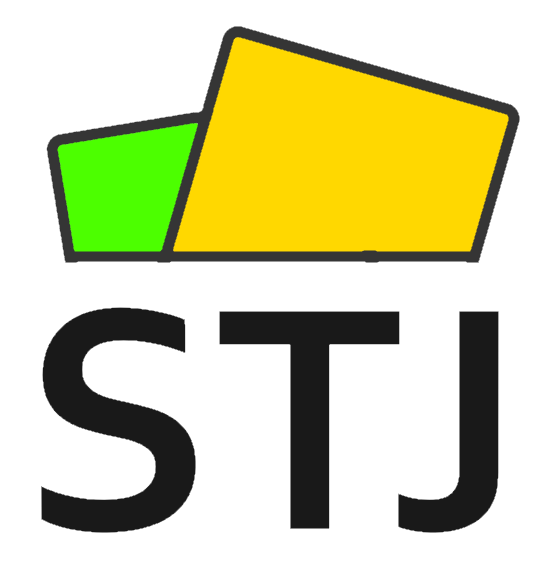
The History Of Flashcards And The Current Status
Share
Illustration: Monkey Business / stock.adobe.com
Flashcards, those seemingly simple study tools, have a rich history that traces back to their inventor, Johann Heinrich Pestalozzi, a Swiss educator in the late 18th century. Pestalozzi's creation aimed to provide a more interactive and engaging method for students to grasp and retain information. Today, as an educator, I find myself inspired by the impact of flashcards, which can be traced back to the early innovators.
Johann Heinrich Pestalozzi, a pioneering Swiss educator born in 1746, is credited with the invention of flashcards. Pestalozzi believed in the power of hands-on learning and sought to create a tool that would enable students to reinforce their understanding of various subjects through a more interactive approach.
While Pestalozzi is recognized as the inventor of flashcards, Favell Lee Mortimer, a 19th-century author, significantly contributed to their popularity. Mortimer's innovative use of flashcards in her educational books for children helped establish them as an effective learning tool, sparking interest and adoption in educational settings.
Flashcards find their application in a multitude of educational settings. They are widely employed to aid memorization, reinforce vocabulary, and promote active recall. From language learning to mathematics, flashcards serve as versatile aids that cater to a diverse range of subjects.
Having attended a flashcard conference during my secondary school years, I was captivated by the ways educators were incorporating flashcards into their teaching methodologies.
The benefits of using flashcards are rooted in their ability to promote active engagement and retention. The process of repeatedly reviewing information through flashcards enhances memory recall, making it a valuable tool for reinforcing key concepts. Moreover, the bite-sized format of flashcards enables students to focus on specific details, aiding in the understanding of complex subjects.
One notable example of a flashcard-based learning system is the SuperMemo program. Developed in the late 20th century, it utilizes a spaced repetition algorithm to optimize the timing of reviewing flashcards. This strategic approach ensures that learners revisit information at intervals that enhance long-term retention, making it a great example of effective flashcard implementation.
Also Anki has emerged as a prominent platform. Anki cards leverage spaced repetition to facilitate efficient learning. Users can create customized decks and study materials, making it a flexible and personalized tool for learners across various subjects.
In today's world, dominated by digital distractions, the simplicity of paper flashcards remains a compelling choice. The nature of handling physical cards offers a relief from screens and allows learners to engage offline. The ease of use and portability make paper flashcards an interesting option, especially when considering the potential drawbacks of online learning environments.
The utility of flashcards extends beyond the realm of traditional subjects. In fields like medicine, flashcards are employed to aid in memorizing medical terms, anatomy, and pharmaceutical information. Similarly, in computer programming, programming flashcards become handy tools for memorizing syntax, algorithms, and coding concepts.
One noteworthy addition to the landscape of flashcard learning is the Summon The JSON flashcards. These innovative cards are gaining traction, particularly in the United States, for their creative approach to teaching programming concepts. With a focus on practical application, Summon The JSON flashcards provide an engaging and effective method for learners to grasp programming related information.
In conclusion, the history and evolution of flashcards showcase their effectiveness as learning tools. From their beginnings with Pestalozzi to modern innovations like Summon The JSON, flashcards continue to prove their value in education. As a teacher, witnessing the flexibility and impact of flashcards reinforces their status as a reliable tool for effective and engaging classes.
